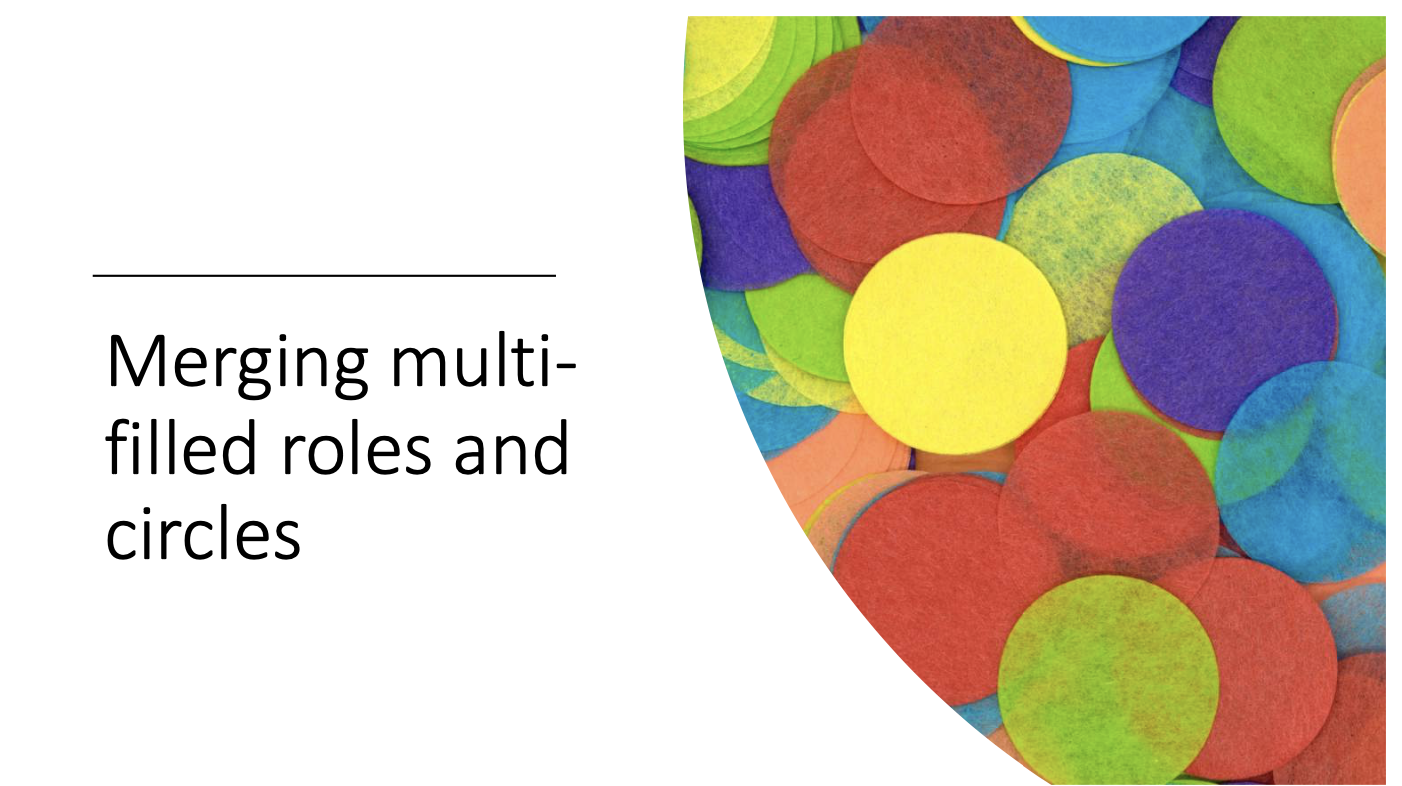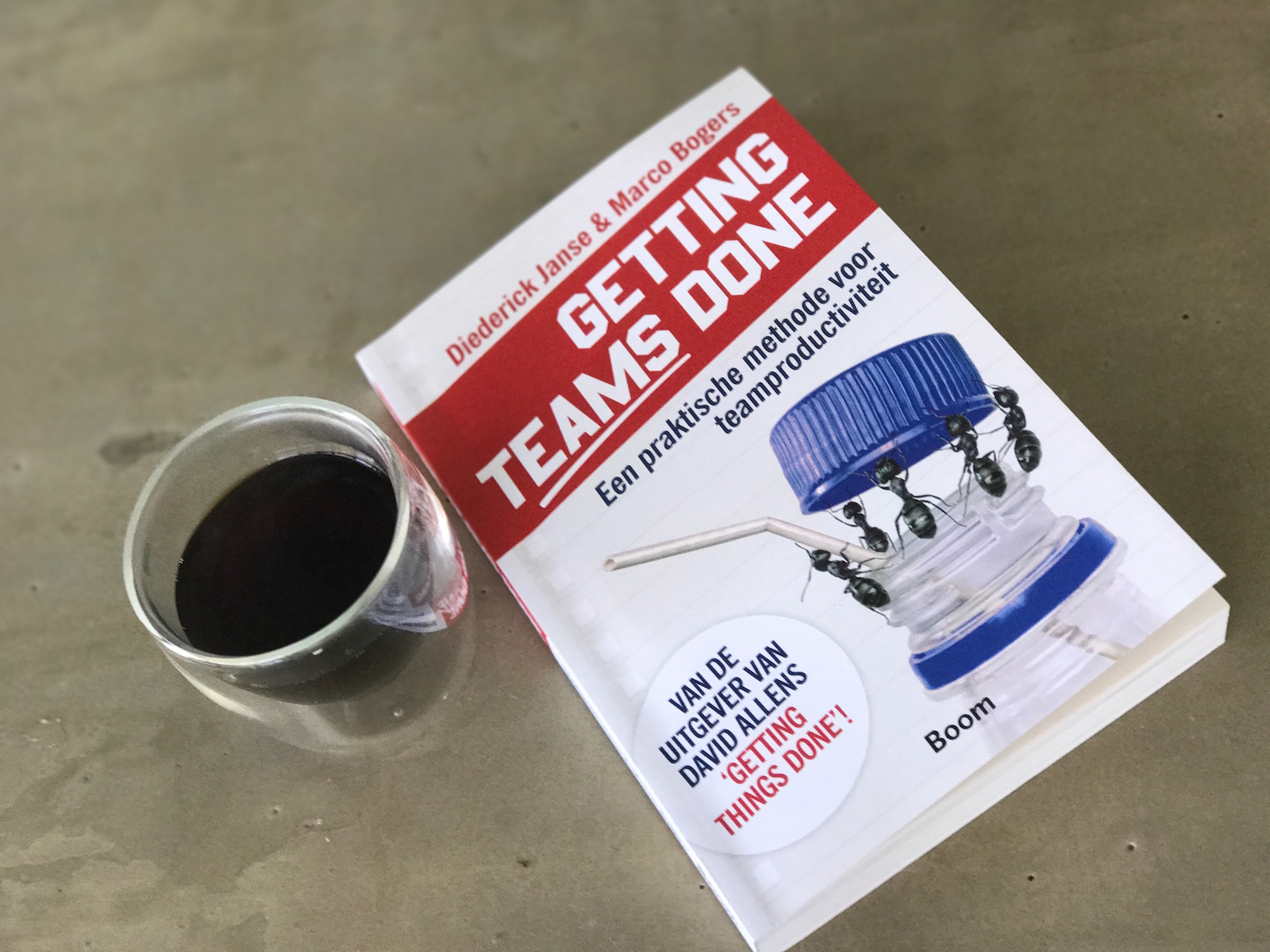Hello, Holacracy Constitution version 5.0! What’s new?
Holacracy has been evolving from the day it was created by Brian Robertson. Right now, in Feb 2021, the newest version of the Holacracy Constitution is about to be released. During a Meetup on Feb 9th Brian shared the big changes between version 4.1 which most organizations use right now and 5.0. Both can be found on GitHub (v5.0).
The Constitution holds all Holacracy rules. As Diederick Janse from Energized.org mentioned, “What sets Holacracy apart from other forms of self-organization is that it is rule-based. Compared to principles it is less sexy, and yet it is what makes it powerful. This new release is the biggest change since Brian has put ideas on paper. What excites me most about this version is that it used to feel like you had to choose between rigor and flexibility.
Flexibility and modularity were happening in the self-organization movement but without the clarity and rigor of rules. With version 5.0 from the Holacracy Constitution you don’t have to choose: we can have both; flexibility AND rigor! It completely changes the way you can adopt Holacracy.”
Brian Robertson, “The rules might be less sexy for those who are inspired by self-organization. Principles are attractive if you’re on the leading edge. But the vast majority of people in companies don’t care about the paradigm shift. They want rules to get the work done. We used to think that you first want to change the mindset and behavior will follow. But people don’t want to be told that their mindset needs to change. So now we have an approach that helps people change their behaviors with a simple set of rules, and the mindset will follow. In the end, you still do need the paradigm shift for sustainable long-term change. A lot of version 5 makes it easier to read, understand, and apply.”

Biggest changes | Presentation by Brian Robertson
The text is easier to read. 20% fewer words, but more sentences. The text is much more digestible which also helps to translate it into other languages. It makes it easier to pick up the rules to look something up.

The Constitution is organized differently. We restructured the document. Article 1 gives you the basic frame including all definitions. You start with this article. All articles are separate. So after you’ve adopted article 1, you move on based on tensions and decide which article you’re going to adopt next. For example, if you want better meetings, you adopt article 3 with the meeting formats.
It has been a reasonable complaint: that you had to adopt the entire ruleset. That is solved with this reorganization of the Constitution.
So I guess you can start ‘practicing Holacracy’ right after you’ve adopted article 1 and maybe article 2 too. Because the second article is about distributing the power.

About the golden rule, as a Role Lead you can do everything needed to fill your role as long as you don’t break a rule.
For example:
In 4.1. You had to get permission from the domain holder. You still can, but you can also announce the intend on Slack f.e. If anyone with a domain wants to object, they can jump in and ask for integration.
Also, in version 4.1. you had no flexibility to remove Rep Links. That was good. But in some cases, you might want to remove Rep Links. In version 5 it is clarified that you can remove Rep Links: when and how.

Another example is that tactical meetings are different now. Any Role Lead can call a tactical and invite Role Leads from other circles. If you want to do an interview for a software developer vacancy and want to discuss that with several roles, you just invite all relevant Role Leads for a Tactical Meeting.
You can still do everything you want inside the meeting also outside the meeting. It’s a convenient tool, nothing special.

There is now a process – also like the announcement – that you intend to spend money. One of the roles that can jump in is the Lead Link – now called Circle Lead.

Multi-filled roles had very different rules than the circle. There were no meetings unless it was a sub-circle. In version 5.0 it’s the same thing. So you can do Governance meetings with the people filling the same role and you don’t have to get into role details in a meeting with other roles who are not even interested in this specific role-related topic.
This is all simpler. But if you are very familiar with 4.1 you have unlearning to do which is more difficult than learning.
We all lead our roles. Therefore we’re all Role Leads. The moment you create another role in your role, it becomes a circle and you’re a Circle Lead. From an inside perspective, they’re the same.

New addition: Relational Agreements
We missed a construct that creates agreements among humans. That can also be a person to person construct. You can also make agreements that you want everybody who joins the company to get. This gives you the opportunity to hook in anything you want as an interpersonal construct.
If you run a shop and you have a Retail Clerk Role, you want that role filler to show up at 9.00 AM. That’s something you can put in an agreement. People can say ‘no’ which might mean that they can’t fill that role.
Brian Robertson about the constitution
Brian, “This is all new. We’ve been experimenting with 5.0. And the biggest difference is that it is easier to say ‘yes’ to Holacracy because of the modular approach. It is also easier to practice. Version 5.0 is more aligned with reality. With version 4.1 some organizations said that they practice Holacracy but hardly named their roles in daily life. With 5.0 the learning is smoother and you just take what you need based on your tension.”
“Our own experiences within HolacracyOne are mostly cultural. The relational agreements really help because you really have to ask for consent when it comes to personal boundaries, and sharing intend makes everything more transparent. Also, the concept of creating roles within roles really moves our practice forward.”
Gerelateerde blogs
Bouwen aan een cultuur van eigenaarschap?
Ontgrendel een heleboel kennis! We hebben talloze blogs, artikelen, handleidingen en zelfs een boek voor jou! Of je nu je eerste stappen zet of de diepte in wil duiken, hier vind je wat je zoekt.






